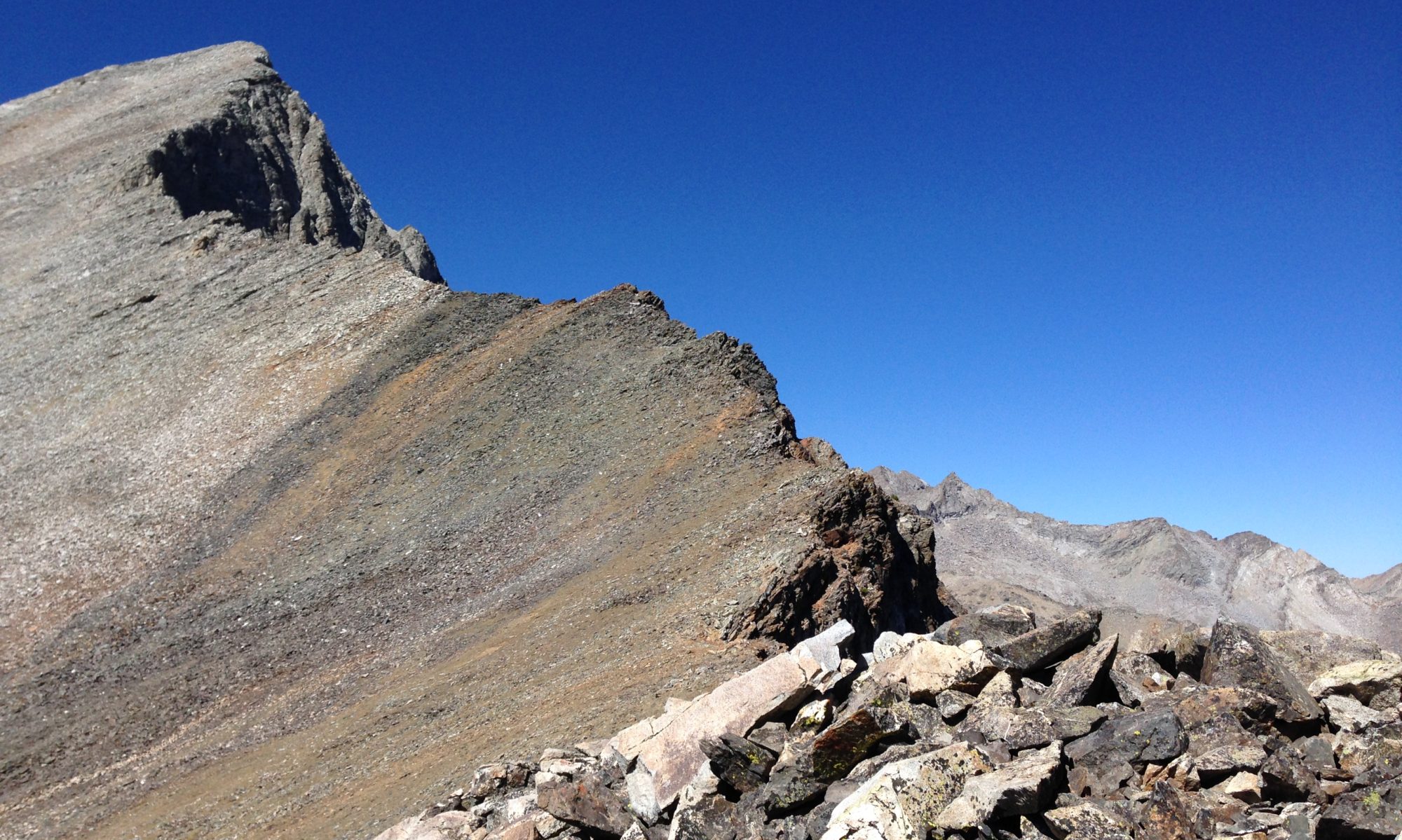Originally posted to sCNN – the smallChangeNewsNetwork
sCNN has what you have, our name, our word, our story: Our News. And Hour News. We have countless hours invested in developing those things we are most passionate about: a rigorous integrity. a practical, powerful vision. personal connections globally. the simplest infrastructure that could possibly work. and a genuine readiness to replicate and recreate all of it.
sCNN began as a conversation at the Giving Conference in Chicago, July 2004. It was first conceived as a marriage of Google and eBay. When that possibility ran dry, it was generalized to “Giving Market.” Then it morphed quickly from a philanthropic banking and exchange superstructure, to a foundation endowment, to a matchmaking sort of service. Always the purpose was the same: to connect people with personal and financial gifts and people doing good work on the ground, active givers and gifted activists, in the most efficient market possible.
Through months of conversation and documentation, creating and recreating, we let go of layer after layer of complexity: the transactions, the funding base, the personal and project data, even most of the contact data. We didn’t want to own anything we didn’t have to, no accounts, no data, no fee structures. As we peeled away structures and controls, the core idea got stronger not weaker — until we got down to the one thing that we knew that a few people and few dollars could implement immediately: a weblog. And a blogroll. The rest of the site is our grateful acknowledgement of our supporters along the way.
In the weblog, we document our project. We do what we’re inviting others to do. The blogroll is our project, linking others and sharing resources. We link to all the other project blogs we know about: Local News. Blogging and blogrolling is so simple and cheap that almost anyone can use — and replicate — our site. When it replicates, we get new blogs and blogrolls of projects, network nodes: Network News. This is the core of the idea, blogs of blogs of blogs all focusing and linking, for funding and implementing projects for the common good.
Working onsite and online, sCNN has made personal connections that span the globe. Already it is an international organization that owns virtually no assets, other than its blogrolls and blog posts. Those are entirely open and public for reference, copying and replicating. There is no reason for any level of growth to make it otherwise. As our links and postings grow, the sCNN name has the potential to become a virtual brand name for small-scale giving and action, serving everybody and owned and controlled by nobody.
What We Have is a good start, and a good space: a name, a vision, a weblog. A set of blogrolls that we offer for joining and invite active copying so we can create more links between projects. Local News and Network News. A wiki web working space with full documentation of our earliest evolution and development: Old News. A short list of powerful tools and resources: News You Can Use. A growing list of financial and social supporters: Newsmakers and Extra! Extra! An initial dropcash campaing to fund our most basic and direct expenses.
Soon we will have graphics to go with our name, a dedicated and permanent hosting location, and an email infrastructure that will support moderated public posting of project news and needs. What We really Need now is your name, your word, your story… because small Change News is Your News.
What Do You Have?
- Who are you and what do you already have going for you?
- Who do you know? Where are you connected?
- What’s already working, and why?
- How did you come to care about this issue?
- What gifts, talents, passions, skills and experiences do you bring to this?
- Are you spending your own time and money on making something happen?
- Do you have the funding and need people to work with?
- Who’s already supporting this project?
- Who can we contact, as references, to find out more about the good work you’ve already been doing?
What Do You Need?
- What would it take for you to make a difference?
- Are you looking for partners? Connections? Some funding? A place to meet? Some special sort of expertise?
- What kind of connections and contributions do you need to give your own gifts, and make your own contribution, more fully?
- What kind of support do you need for this project?
What Will You Do?
- What will you do if you get the help you need?
- What are your immediate next steps?
- What results will you produce?
- Where will you report your progress and success stories?
- How will all of this benefit you, your contributors and the situation and people you are wanting to serve?
- What can you promise to this project and anyone else who will join you in it?
Until we get live, open and fully public, we invite your attention, good wishes, comments and assistance in spreading the word. Thank you!
technorati: sCNN | SmallChangeNews
